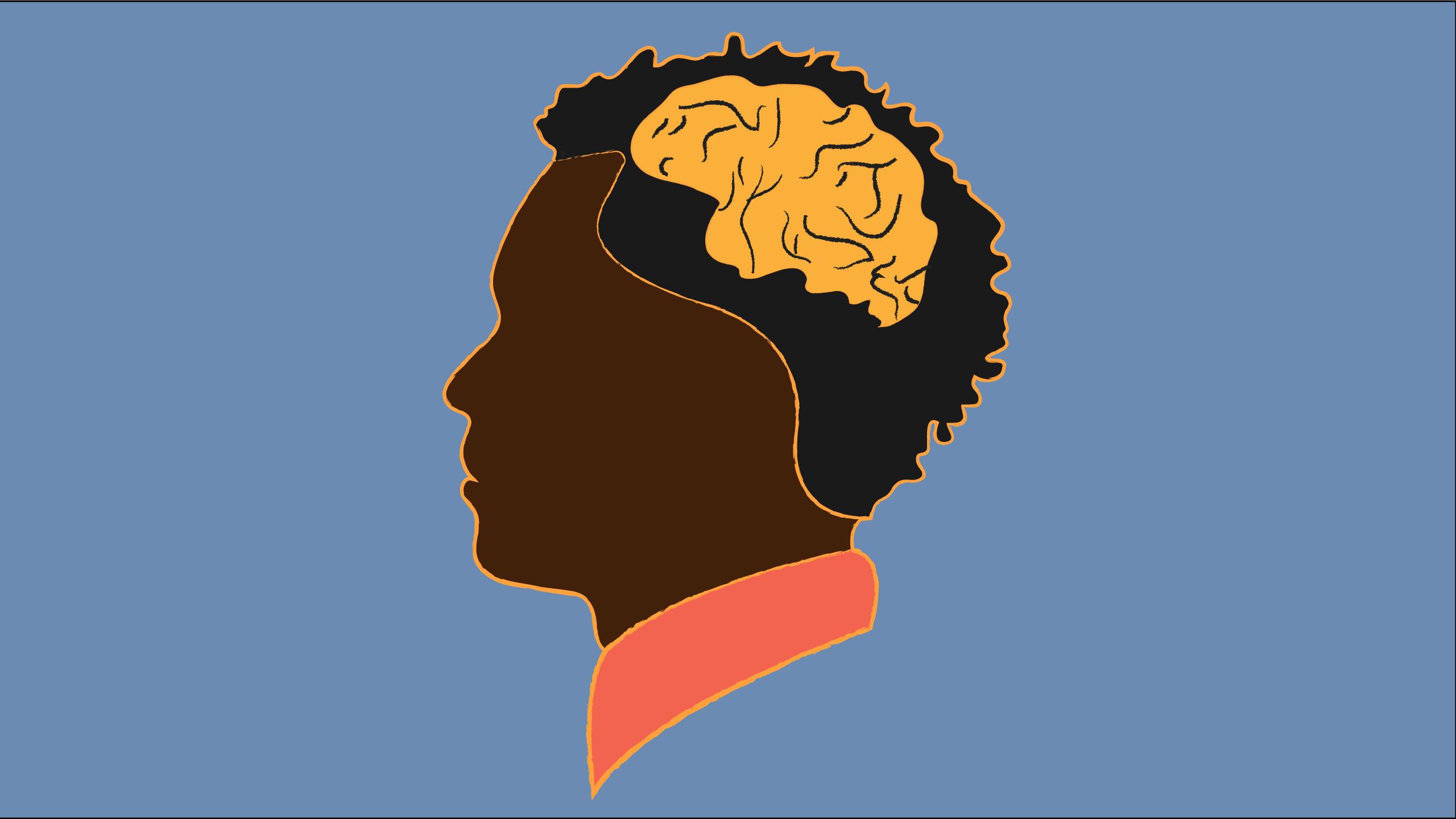By Serena Lopez
Afua Mfodwo, a third-year journalism student, was 5,000 miles away from Toronto in her hometown in Ghana, when she first saw the video of George Floyd killed by Minneapolis police for passing an allegedly counterfeit $20 bill.
Six months into a pandemic, Mfodwo said it’s become impossible to scroll through social media without seeing the names of Regis Korchinski-Paquet, Chantel Moore, Breonna Taylor, Rodney Levi or other Black and Indigenous people who have died in incidents involving the police in recent months.
A surge in social media posts showing violence against Black and Indigenous people has stirred negative emotions in those who look like the victims. “I felt enraged and powerless,” said Mfodwo.
Although sharing videos of racial violence to spread awareness is well meaning, Mfodwo said she feels like the target of the atrocities shown.
“I can’t keep watching these videos because it has a different impact on you seeing someone that looks like you, dying while being beat up,” she said.
The surge in activism both online and on the streets has not only reignited conversations about institutional reform to stave off racism in Canada and the United States, but also brought to the forefront the everyday experiences of direct and indirect racism that Black, Indigenous and students of colour have faced long before the issues became mainstream.
According to a study from the American Psychological Association, people of colour also experience higher rates of PTSD from exposure and reexposure to racial trauma—including witnessing and experiencing acts of racial discrimination.
“It feels like [racism] is in your head”
Racial trauma is a stressor that induces frustration and anxiety, which affects physical health and can lead to low self-esteem, changes in a person’s perceptions of themselves or their ethnic group and psychological distress.
Mfodwo said she feels pressure to stay constantly updated with the news in order to be informed but finds it difficult on some days to pick up her phone and scroll through social media.
“When the news of George Floyd’s death came out and things got super intense, I had little to no motivation to do things,” Mfodwo said. “Sometimes when I notice that I’m refreshing my feed too often, I’m just like, ‘no, you need to take a step back.’”
For Indigenous peoples across the continent, in addition to racism, stress factors are compounded by their experiences of intergenerational trauma, state-violence and settler colonialism that can lead to higher rates of diabetes, cardiovascular disease, depression and suicide according to a study on Indigenous historical trauma from 2011.
Dr. Stacy Thomas, a clinical psychologist and owner of the Design Your Life Centre clinic in Toronto, said what Black and Indigenous people are currently experiencing is the impact of layers of stress that result from the effects of systemic racism.
“Black and Indigenous People are reliving their own traumas that they have suppressed. It’s all coming to the surface,” said Thomas. “People can start feeling hopeless, disengaged, shut down, tired and lacking motivation.”
When third-year biomedical engineering student Kaniz Williams first saw videos of police brutality and protests circulating online, he already knew what to expect before deciding to shut off his phone.
“I just chose, for my emotional stability, to not watch the video countless, countless times,” said Williams.
Instead of constantly refreshing social media, Williams turned to writing. “I’ve done a lot more journaling, which I think is so important because you just kind of get out of your own head,” he said.
“That’s been something I always did sporadically but now I’ve had more time to do it religiously, which I think has helped a lot.”
Mfodwo stumbled on an online therapy session hosted by Wannas World, a Black journalist and creative based in Toronto. Together with Black health professionals on Instagram Live, Mfodwo was able to cope with the onslaught of news on racial injustice.
“It has a different impact on you seeing someone that looks like you, dying while being beat up”
“It feels like [racism] is in your head,” said Mfodwo. “So talking to people was reassuring in the sense that you know people [also] going through it.”
Ryerson University continues to offer counselling services through the Centre for Student Development and Counselling (CDSC), offering dedicated appointment times for Black students looking to speak with Black counsellors remotely through video or telephone, and traditional counselling for Indigenous students through Aboriginal Student Services.
However, the need for mental health support for both racialized and non-racialized students alike has been on the rise on Canadian campuses long before the current wave of protests began. A 2017 survey by the Toronto Star shows mental health counselling appointments across Canadian universities have risen by 35 per cent since 2013.
Other than primary care, self-care methods such as journaling, creative writing practice or meditation are practices that racialized students should adopt, said Thomas.
“Give yourself 15 minutes and just get it out onto the page, allow yourself to process whatever is happening so it’s not being stuck in your body,” said Thomas.
While the current discourse on race is important in spreading awareness about the cracks in Canada’s institutions, Thomas adds that “images are really powerful in terms of moving us and triggering us emotionally, so be really cautious about [what you’re watching] that’s not necessary.”
“It’s important to shield yourself,” said Thomas. “Exposure to [anti-Black and Indigenous racism] is important for everybody else, but for Black and Indigenous [people], they need to protect themselves and dim the noise from the outside.”










Leave a Reply